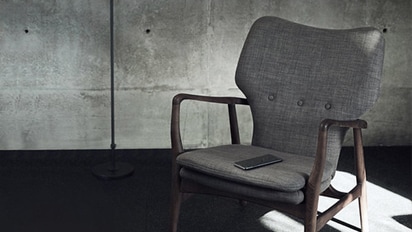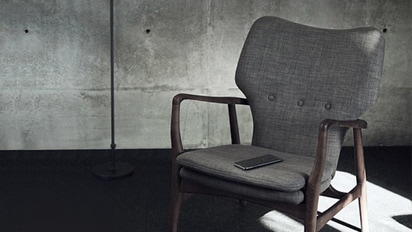Register or Sign-in to both apps
Add product(s) to ThinQ App
Within Google Home app Menu locate LG ThinQ
Link LG ThinQ account within Google Home
After account linking, devices may be added to rooms
Backlight: Controls the level of screen brightness by adjusting the back light. The closer to 100 the brighter. For those who have their TV in a dark room or basement, this setting won’t need to be terribly high. For those in brighter rooms, more backlight intensity will be desired. Try to avoid making this adjustment while sun is shining directly on the screen, as this will result in an unnaturally high setting. Instead, make your adjustments when room light is at its average for when you watch, and pick a program or movie scene with a lot of white in it, a daylight scene on a snow-covered mountain, for example. If after watching the scene for 10 minutes you begin to squint, the backlight is too strong. Reduce the backlight and repeat until you are happy.
-
Decrease the Backlight to reduce energy consumption and to reduce eyestrain.
-
Depending on the Energy Saving (Auto / Maximum), you may not be able to adjust the Backlight.
In this case, navigate to Settings > More > Picture > Energy Saving and set Energy Saving to OFF or Minimum.
Contrast: is the difference between the brightest image a TV can create and the darkest. The closer to 100, the higher the contrast will be. Ultimately, your contrast setting will come down to personal preference, but we advise that you resist the urge to simply jack the contrast up. Find a scene with a bright, white image in it and hit the pause button. Adjust the contrast to the point where the white object is bright, but still contains detail and crisp edges. A good starting place is the halfway mark. From there you should have no problem finding the setting that suits you.
Note: You may have to bounce back and forth between the contrast and brightness settings to find the optimum combination.
Brightness: Adjusts the overall screen brightness. The closer to 100, the brighter the screen will become. Setting the brightness too high will result in grayed out blacks and a loss of dimension. When brightness is set too low, you will lose detail in dark areas of the screen (called clipping). The easiest way to adjust the brightness is to use the black letterbox bars at the top and bottom of a movie. These bars are meant to be dead black, and will usually be darker than the black background often found in movie credits. Pause on your scene of choice and turn the brightness up until the letterbox bars appear grey. Then, reduce the brightness just until the black bars are totally black.
Note: You may have to bounce back and forth between the contrast and brightness settings to find the optimum combination.
Sharpness: Adjusts the sharpness of the image. The closer to 50, the sharper and clearer the image will be. You can play around with this setting by pausing your source on a scene that provides lots of straight lines; for instance, a scene with lots of buildings or other uniform shapes like stadium bleachers. If you turn the sharpness to its maximum, you should notice that the straight lines will become jagged. This is the TV introducing artifacts to the image that shouldn’t be there. Reduce the sharpness to a point where the edges appear clean and straight, then let it be.
V Sharpness:Adjusts the sharpness of the contrast edge in the vertical direction.
H Sharpness: Adjusts the sharpness of the contrast edge in the horizontal direction.
Color: Tones down or up the colors displayed on the screen. The closer to 100 the deeper the color. Without a calibration disc and an optical filter (or the ability to defeat the red and green output of the television) it can be tough to know if you’ve got the color just right. Just how green should a leaf look, anyway? For this reason, a calibration disc is highly recommended to achieve the most accurate color settings. We do have a couple of tricks to offer, though. First, find out if your TV offers a color-temperature adjustment. Settings for color temperature are usually expressed in terms of cool or warm. Choose the warmest setting you have available to you as a starting point. From there, find a scene with plenty of faces in it, then press pause. Turn the color all the way up and notice how it appears everyone has jaundice or a fresh sunburn. You don’t want that. Now, turn the color nearly all the way down and notice how everyone looks as if they belong in the morgue. You don’t want that either. Now adjust the color back up until faces look natural. Each person’s face should have its own distinct hue. If it looks like real skin tone, you’ll know you’ve gotten close.
Tint: Adjusts the color balance between red and green displayed on the screen. The closer to Red 50, the redder the color will be. The closer to Green 50, the greener the color will be.
Color Temperature: Adjusts the color temperature from cold to warm.
-
The settings you specify only applies to the currently selected input mode.
-
Depending upon the input signal or the selected picture mode, the available options may differ.
-
The configurable items differ depending upon model.












